Krishna, Kishan, Madhav, Banke Bihari, Gopala, Kanhaiya, Ranchhod, Parthasarathy, Ishvara…the many names and the many facets of the personality of the most loved God in the Hindu pantheon – Sri Krishna.
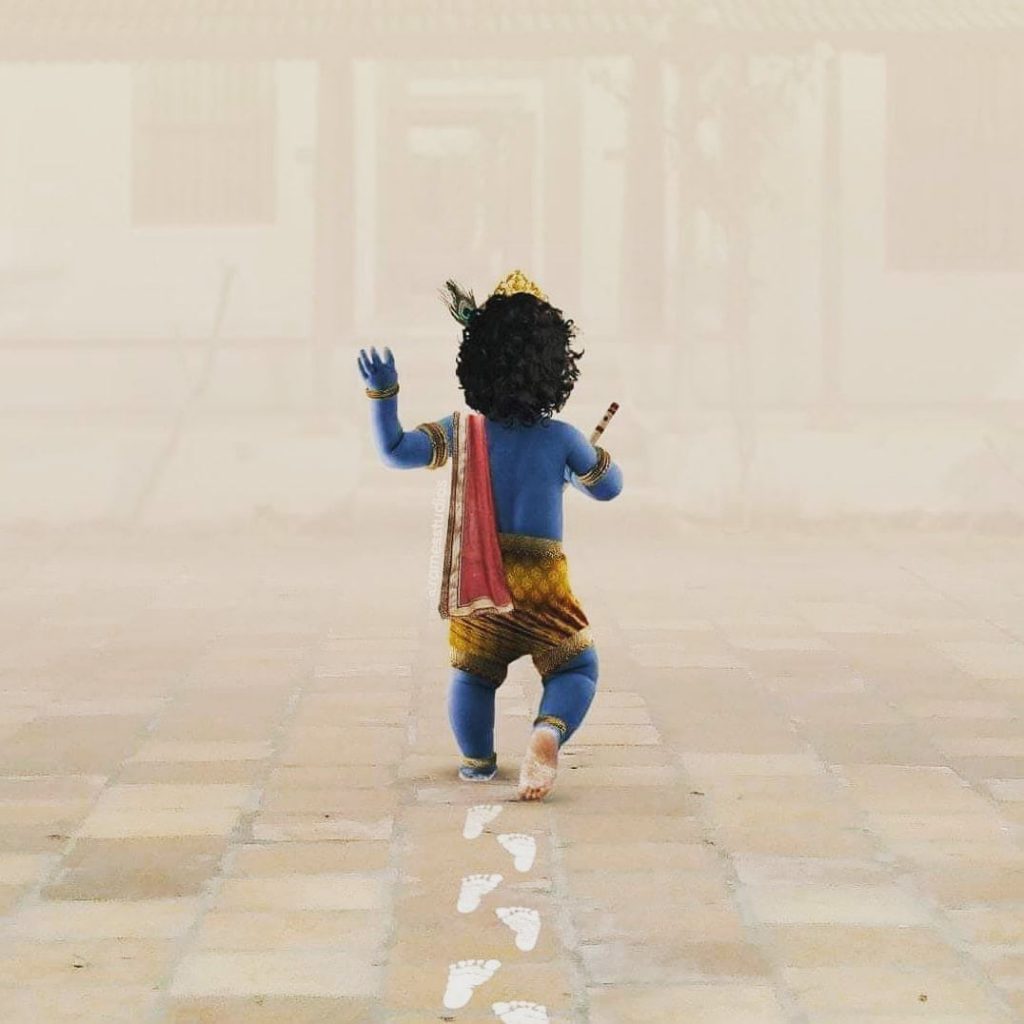
God is all-powerful, controls the Universe – fear God, they say – since He is looking at all your bad deeds and will punish you. Pray to God, else you will rot in hell. Be afraid. Don’t speak ill of Him, be in awe of Him. The fear of God has led many men to do many things – good and bad. The eternal fear of going to hell and being punished by God has kept millions in check – why take a chance of offending the great one?
And then there is Krishna.
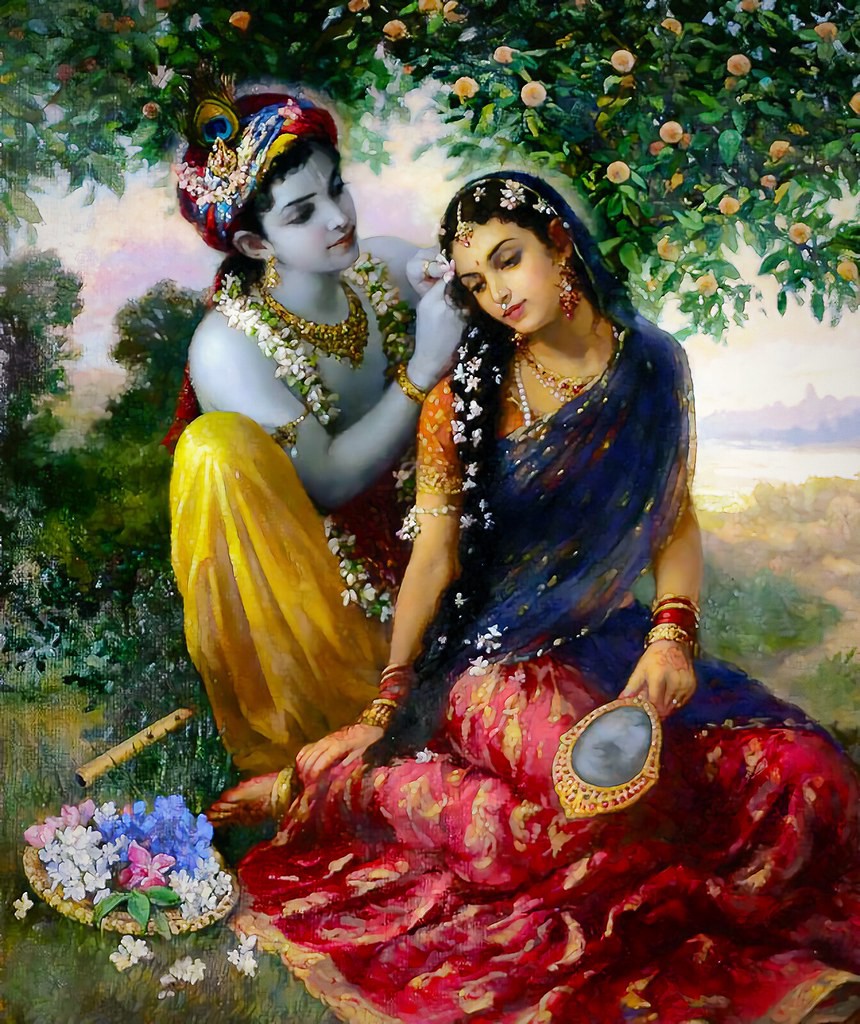
The first thing that strikes you about Krishna is his name – the dark-coloured one. In a country currently obsessed with fairness, it is ironical that their most loved God is himself dark. But wait – why him, and not ‘Him’? And how can you call him by his name? Isn’t it supposed to be Sri Krishna?
Well, Krishna means a lot of things to a lot of people. Some love him as Bal Gopal – the naughty kid who loves butter and steals it (maakhan-chor), the natkhat child who loves troubling his mother Yashoda…others love him as Kanhaiya who engages in Ras-Leela with the gopikas of Vrindavan, the eternal lover of Radha…yet some others revere him as Narayana – the supreme God who stood in the middle of the biggest armies and delivered the sermon of life – the Bhagvad Gita. They look up to him as their guide – Parthasarathy, their God Ishvara, the supreme Yogi Yogeshwara, the liberator Mukunda, the forgiver of sins Hari, and the Jagadguru – the Guru of all Gurus and of the world.
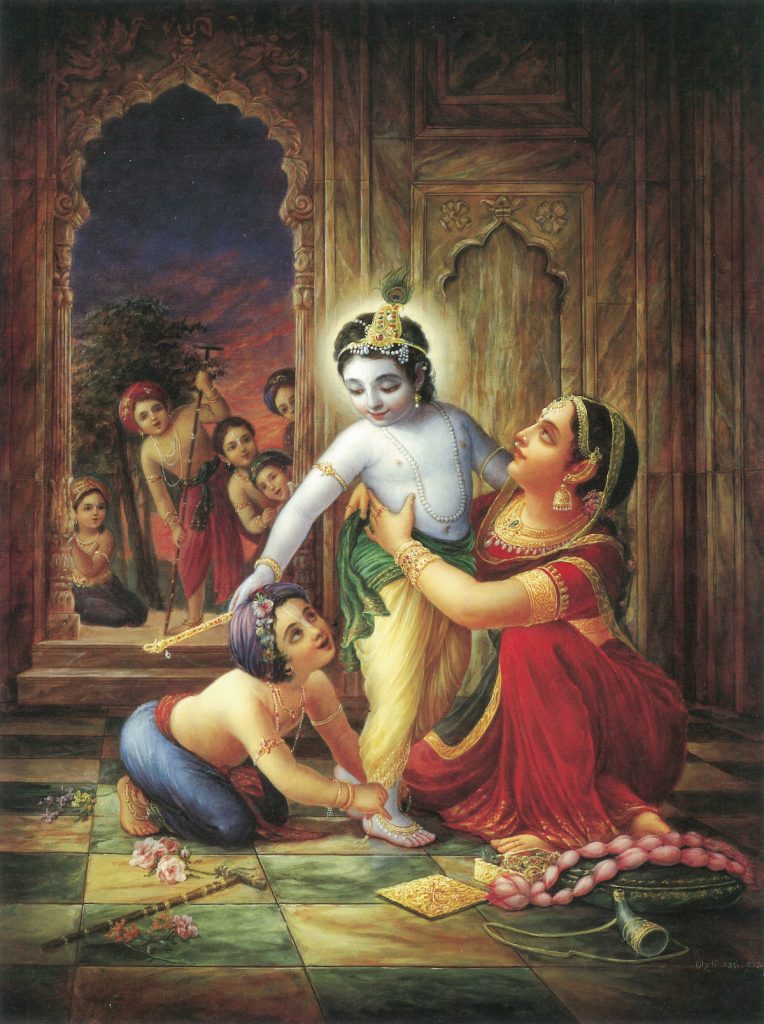
You can love him, you can also scold him, you can cry with him, you can laugh with him, you can get angry with him, you can worship him…Krishna is your friend, your lover, your guide, your God, your child, your parent…Krishna is what you make of him, and he is always there for you – because he exists within you, as a part of you.
With which other divine personality can you share such a wide range of emotions and feelings? Which other God can you love and adore and revere all at the same time?
In his younger avatar, he is almost every kid who loves to be naughty and playful, in his teen avatar he is the ultimate prankster, and in his adult avatar he is the Chakradhari – the one who has the power to end the Universe if he chooses to. Yet, he is also a Ranchhod – the one who runs away from the battlefield. Krishna is cunning and shrewd – he is not the straight arrow that Rama was, yet he is worshipped more than any other deity.

And the reason is – that he is like me and you. He is divinity in human form, and he is the ultimate expression of the human form. He shows us that it is ok to be wrong, as long as you find the right way…why – he even gives you different ways to the destination, and he doesn’t let you get there alone. Krishna is there as a guide, as a friend, to help you along the way, saving you from the pitfalls and lifting you up when you fall. You have to walk on your own, you have to fight your own battles, he says. Yet he stays with you, starving when you starve, feasting when you feast, suffering when you suffer, and rejoicing when you rejoice. He does not give up on you, even when you give up on yourself. He doesn’t scold you, even when you make a hundred mistakes.
What kind of God is this, who is so forgiving, so personal, so intimate?
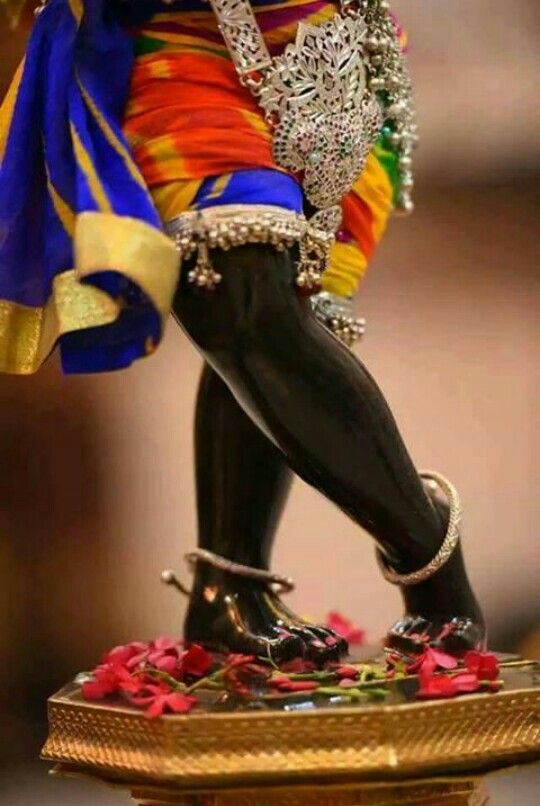
And that is why you find yourself drawn to this personality – it starts slowly – after all, you are apprehensive – this is GOD we are speaking about. What if I say something wrong, or do something wrong? What if I don’t follow the right method to worship him? But then he says – even a leaf or a small flower that you offer to me, is the biggest gift I can get. That easy? You find yourself thinking.
You start getting drawn into his world, you start to understand that divinity is not to be feared, but loved, and not just ordinary love – an all-encompassing, all-surrendering love – that others call bhakti. And you start to fall in deeper – so deep that you are no more in his world, nor he in yours...he BECOMES your world, and here is the beauty of it – you become his world too.
And then you forget who you are – or who you thought you are – and realise that you are a part of him – a drop of the ocean that is him, inseparable and indiscreet. You realise that you don’t love him…HE IS LOVE. You realise that you have been searching for him your whole life, while he was waiting, eagerly yet patiently, with a soft smile on his face, flute in hand, playing a beautiful tune that you know is just for you….
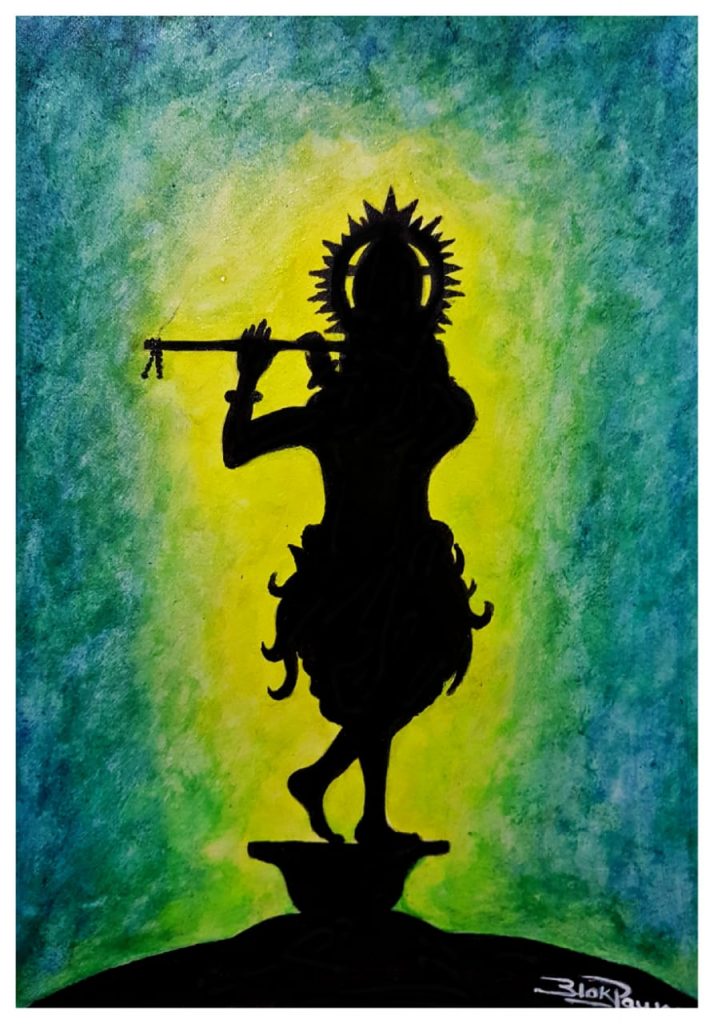
Discover your Krishna, love him and worship him and surrender to him. He will stand by you, and help you to fight all your battles, not by picking up his sudarshan chakra, but by empowering you. Make mistakes, he will forgive you. Do good, and he will appreciate you. And when your time has come, he will also make you one with him.
This is my Krishna, and today is his birthday. Happy Sri Krishna Janmashtami!
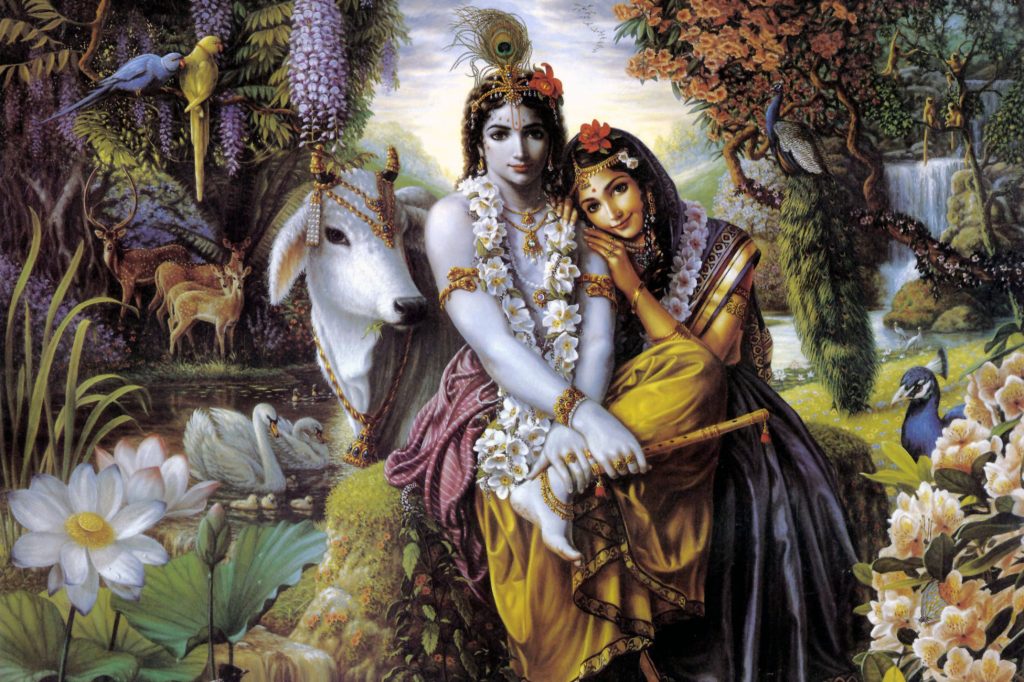
श्री कृष्ण जनमष्टमी की हार्दिक शुभकामनाएँ!
जय श्री कृष्ण!

























